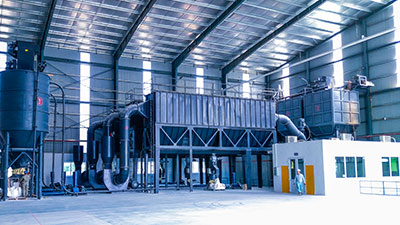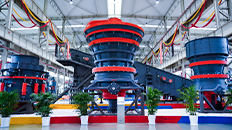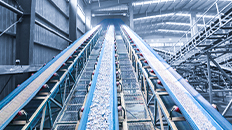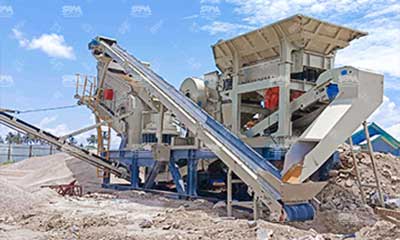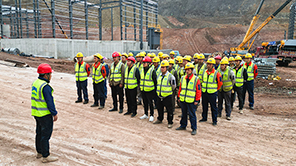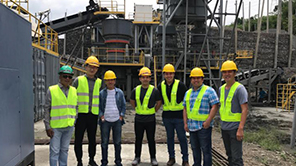Summary:River stone processing activities include conveying, screening, secondary and tertiary crushing, and sizing. Crushing is the integral and primary stage in rive stone production line.
River Stone Crusher and Screen Equipment
River stone processing activities include conveying, screening, secondary and tertiary crushing, and sizing. Crushing is the integral and primary stage in rive stone production line. Screening also plays crucial role in the processing cycle of crushed stone particles.
River crushing generally can be processed in three stages: primary crushing, secondary crushing and tertiary crushing. A primary crusher, such as a jaw crusher, is used to reduce ore into particles less than 150 millimeters in diameter. Generally, crushing continues using a cone crusher and an internal sizing screen until the ore is less than 19 mm (3/4 inch).
Sometimes, impact crusher and VSI crusher are also used in gypsum crushing applications to produce high quality aggregates and manufactured sand.
River Stone Crusher Types
Stone crushers are commonly used on construction sites and in stone quarries to crush large stones into smaller pieces. Crushed rock has a variety of purposes but is often used to make level surfaces, provide drainage under roads and buildings or to create gravel roads.
There are three types of river stone crusher crushers; sometimes multiple crushers are used to achieve the desired size. Jaw crushers crush rock by closing two walls against the large stones several times. Impact crushers are often used as secondary crushers; rocks are fed between two rollers that crush the rock. Cone crushers squeeze rock through spinning grinders.
The portable stone crushing equipment can be hooked to a heavy-duty work vehicle with a high towing capacity and transported between job sites. This makes them extremely versatile when used to excavate small amounts of rock or when permanent crushers cannot be efficiently installed. A high chassis and narrow body allow for optimal maneuverability.



